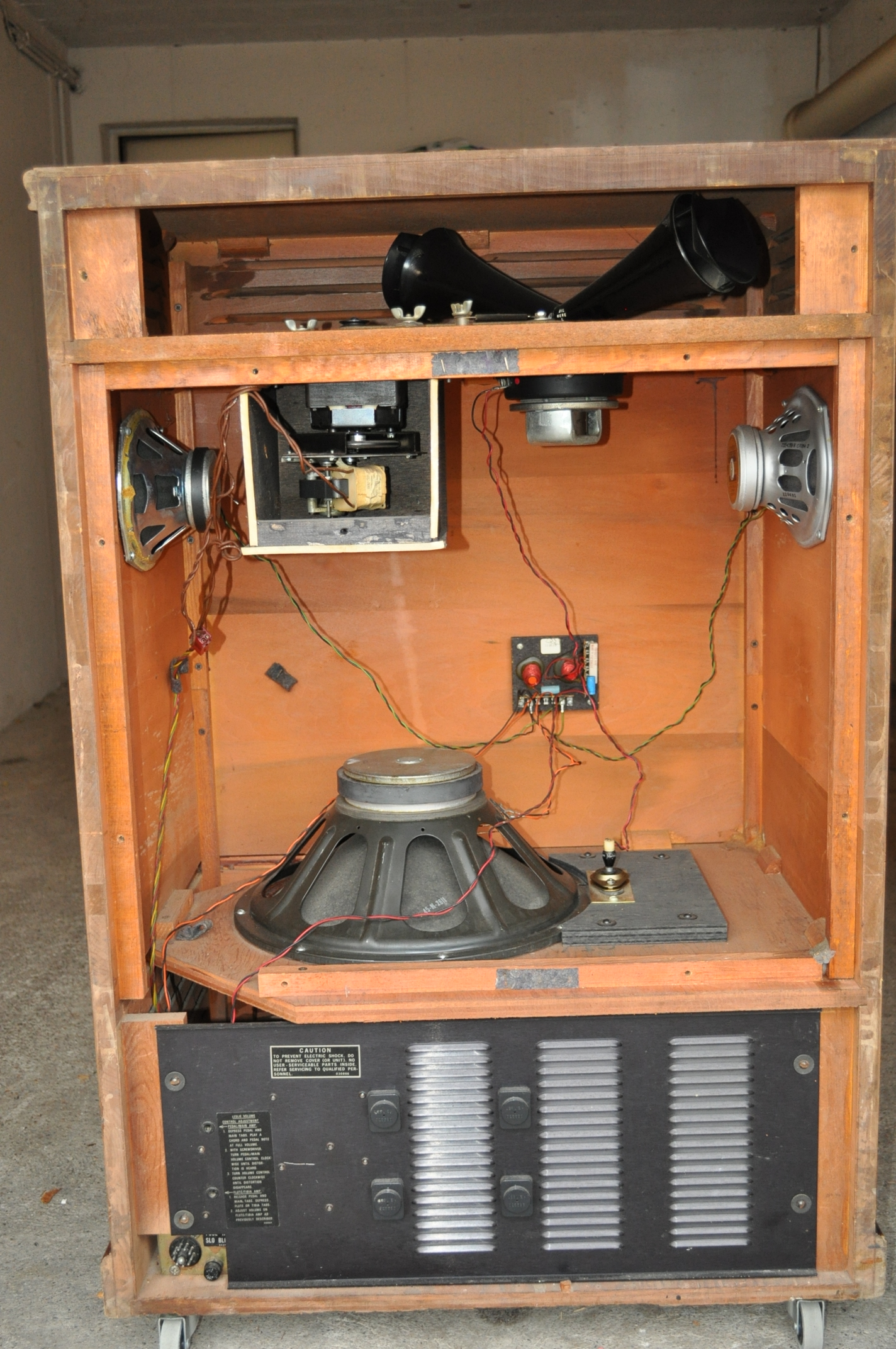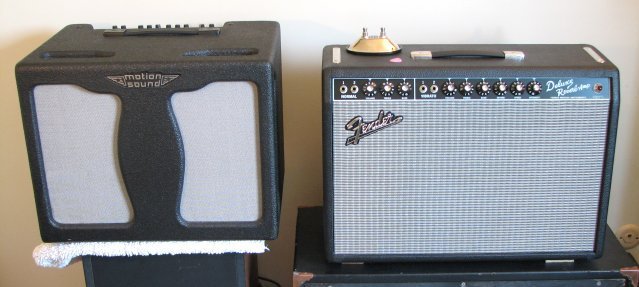Greg Cutshaw wrote: comments indicate that they cover the basic Vibrasonic sound despite having a down firing woofer
Listening to a country station playing the latest, I'm noticing there is more usage of a "Leslie" effect on the songs.
And these are alongside the new "country-rap" style songs as well, played on rotation.
Chalker used a Leslie.
Coming from the Hammond community, there tends to be this double-think for the newer gear coming out. Either problems with the parts, because they are redesigns and only available from a dealer, horn drivers blowing, motors not working, the electronic circuit now part of the rotor motors burning out and not being an easy fix, so the tried and true tends to be the surer thing.
This motor system:

replaced this:

Plus the classic sound is always the noted issue.
There are those who will not put anything in their Leslies other than a V21 driver and a P15LL woofer both made by Jensen America before the company got bought up by Italy along with Tungsol vintage 6550's at $300 a pair.
That said, it never hurts to have more than one type and model of Leslie.
This way as the trends move in and out, you're covered.
And if one blinks out, you have a back up.
Working production on major concerts, the riders always ask for 2 Leslies. And they are always the tube varieties.
There seems to be a cyclical in play.
When Leslie was American, they went in the direction of the solid state designs. The models went from tiny to gigantic.
The Leslie 860 was a compact dual rotor speaker using solid state parts.


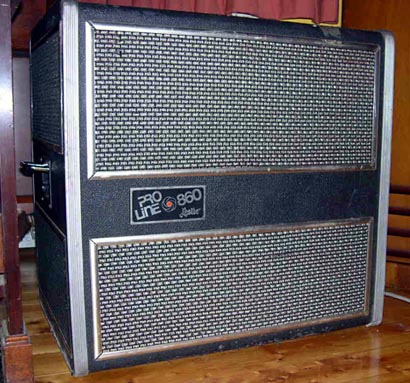

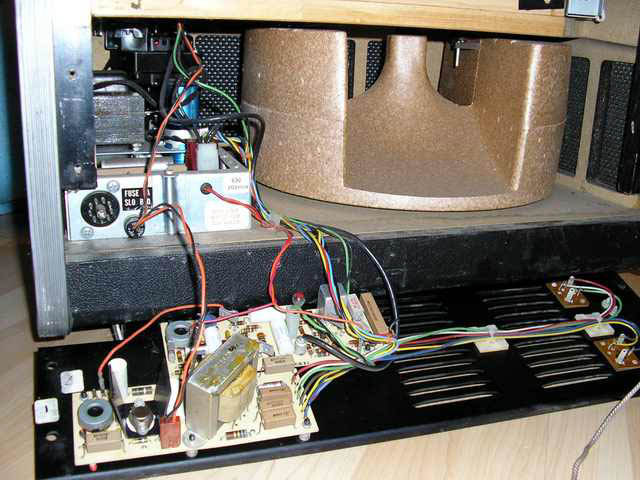
Basically the G37 is a redux of the 860.
In fact the 860 is only 25 inches tall.
For guitar:
https://www.youtube.com/watch?v=2_OSlcT5qSc
For organ:
https://www.youtube.com/watch?v=6h1vX6GF9Vg
https://www.youtube.com/watch?v=ZSkKYr62FNo
Of all the solid state Leslies, the 860 is most likely the more sought after because of its compactness.
Some have gutted the 860 and put in different amps.
The rotors are the traditional Leslie horn with a foam rotor but a 12" speaker. The upper rotor's shelf is on a slant in order to get the smaller foot print. Something that goes against the laws of gravity, but hey, that's what they decided to do.
The solid state amps and circuitry were fraught with problems and still today there are owners of these SS models looking for help with power supply problems and rotor control because the switching is now electronic built into the amp. And it takes an electronics expert versed in these amps themselves to track down problems.
As one may venture a guess, the interest and the desire for these SS models waned significantly and the standard 122/147 Leslies made in the 60's and 70's are the speaker of choice to this day. You can find the SS models going for next to nothing, or the larger Pro 900 series are gutted for their prized JBL speakers and drivers.
The 860 when they pop up for sale go for a good price and some still use them because they are compact. But you need a preamp pedal to plug into this speaker which adds another large cost to the rig.
The modern "quiet" circuitry would be the Trek pedal if you don't find a Leslie Combo III preamp pedal.

Trek UC-1A
Still the 860 is lacking in bass because of the 12" and small cabinet.

Someone decided to add a "port" to get more bass. Whether it worked or not...
You rarely
if ever see these SS models on stage or in studios.
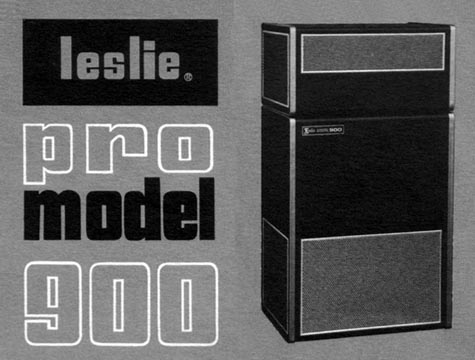
Whatever we've discussed here is a basic map of what happened from the time Don was around and in control and what happened after.
If history repeats.
Armed with more info, one is free to make their own decisions.

If tiny is your thing, this may get you there.
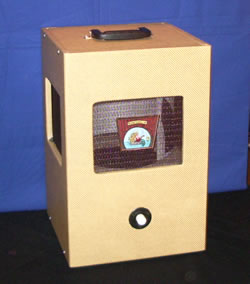
Little Lanilei Rotary Wave Speaker 12x12x18 inches.
https://www.youtube.com/watch?v=UBGxYfQ ... tube_gdata

Designed for recording








